What type of wiring is this?
Josh Touchstone
4 years ago
Featured Answer
Sort by:Oldest
Comments (25)
Denita
4 years agomike_kaiser_gw
4 years agoRelated Discussions
Questions about training roses to wire
Comments (7)Rather than wire or (shudder) green plastic tape, I use Gardman Chainlock. Jeri turned me on to it when I saw the climbers tied with it at the Stagecoach Inn pruning demo. Infinitely adjustable in seconds and infinitely reusable. Also makes a great reusable wrap around bushes when transplanting. Unlike green tape and wire, you can store small pieces neatly in a canister of some sort, no straightening required. I hang longer pieces on a hook. I don't think the price is bad ($21 for 100') when you consider the adjustability and reusability compared to green tape or wire. As you say, wire goes away and plastic gets brittle so reuse is limited. Plus, it won't cut into the canes like wire can, at least under normal stresses, not 100 year storms ;-) I won't go back! Here is a link that might be useful: Gardman C247 1/2-Inch X 100-Foot Chainlock...See MoreWiring Bathroom for TV what wires to put in?
Comments (3)WHile you're pulling the regular RG6 (coax for standard def) why not run the cat 5 (well go cat 6) and the HD cable too? The outlay for the cable itself will be not that big, compared to the future benefits. You just need a standard wall plate for now, tuck the other cables in behind it. According to electrical regs, you shouldn't run the cable between the same two studs as any power cables....See MoreWhat type wire to use from transfer switch to outdoor outlet
Comments (5)That is exactly what you need, you're good to go. Be sure to seal the back of the box to the house very well. Some people will argue that the back of that box is considered "outside" and romex shouldn't be used there lol....See MoreProper wire/size for heat pump air handler
Comments (1)Your first step is to read the manufacturers information. If it says run two circuits, you are obliged to run two circuits. You can not just put in a single breaker regardless of how big you make the conductors. If you use SE, you need to watch for a few things: first you must have an appropriate sized grounding conductor in the cable you are using, second if Aluminum (most are) make sure the terminals on the device take aluminum, third remember that when running SE interior you must not exceed the 60 degree (after derating) ampacity even if the cable is approved at 75 or 90. Note that USE is not permitted for interior use....See Morekudzu9
4 years agoRon Natalie
4 years agoJosh Touchstone
4 years agodyliane
4 years agogreg_2015
4 years agoRon Natalie
4 years agolast modified: 4 years agoMy House
4 years agolast modified: 4 years agokudzu9
4 years agoMy House
4 years agolast modified: 4 years agokudzu9
4 years agolast modified: 4 years agoDavidR
4 years agotatts
4 years agoRon Natalie
4 years agoHALLETT & Co.
4 years agoRon Natalie
4 years agolast modified: 4 years agoweedmeister
4 years agodyliane
4 years agotatts
4 years agolast modified: 4 years agoDavidR
4 years agoRon Natalie
4 years agolast modified: 4 years agohrajotte
4 years agoRon Natalie
4 years ago
Related Stories

ACCESSORIESHow to Hide Those Messy Wires
Untangle Yourself From Ugly Electrical Cords With a Few Tricks and Accessories
Full Story
SHOP HOUZZShop Houzz: Down to the Wire
Versatile wire furniture and accents mesh well with all styles, from traditional to modern
Full Story0

DECORATING GUIDESInspiring Materials: Metal Wire
Add the Open Look of Wire to Your Lighting, Furnishings and Decor
Full Story
MORE ROOMSHome Tech: Getting Rid of Wires Without Sacrificing Sound
Wireless home technology still isn't perfect, but new products are giving audiophiles choices
Full Story
DIY PROJECTSHide All Those Wires in a DIY Charging Station
Keep your gadgets handy and charged with a flexible storage board you can design yourself
Full Story
PRODUCT PICKSGuest Picks: Wonderful Wire
Use the strength and versatility of modern and vintage wirework to bring creativity to your home
Full Story
LIGHTING10 Ways With Wall Lights That Don’t Need to Be Wired In
Learn how to add illumination to your home without carving into the walls
Full Story
FURNITUREModern Icons: The Eames Wire Base Table
Simple modern table is light and versatile enough for every room in the house
Full Story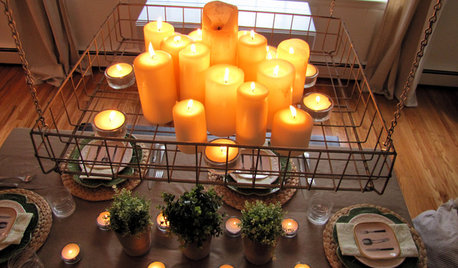
DECORATING GUIDESFlea Market Finds: Wire Baskets
Turn Rustic-Industrial Pieces Into Chandelier, Pendant or Mobile Centerpiece
Full Story
DIY PROJECTSHide Cords in Style With DIY Graphic Panels
Keep wires under wraps for a neater-looking home office or media center, with wall panels you make to your exact taste
Full Story


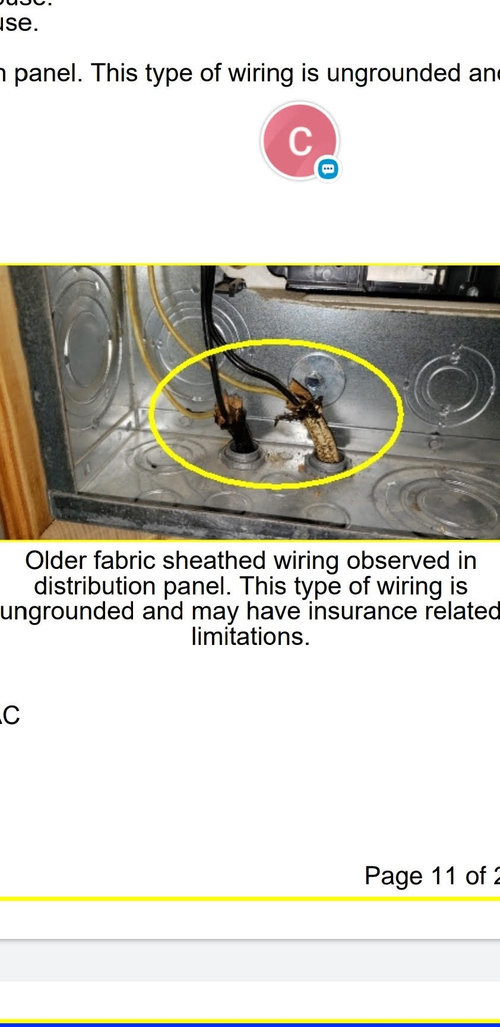
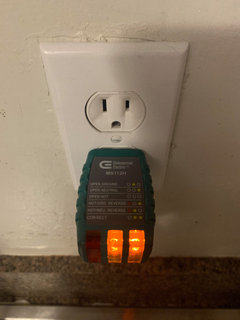
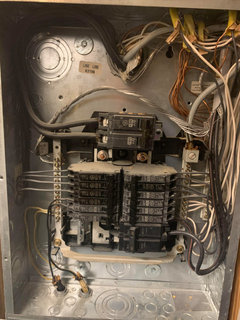
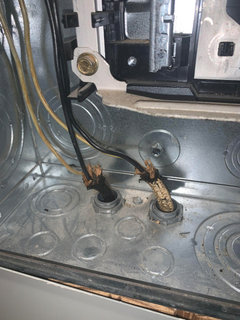



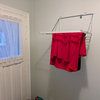
kudzu9